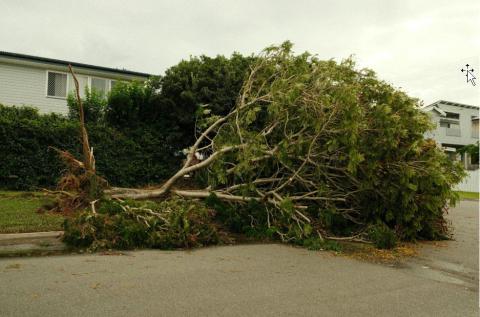
- Log in to post comments

When it comes to preparing your family or community for a disaster, clear and compassionate communication is the most underrated survival tool in your kit. But if you’re trying to help someone who doesn’t speak your language well, or someone who learns differently than you, the usual flood of sirens-and-checklists media might do more harm than good. Instead of leaving people feeling overwhelmed or excluded, you can use video to deliver accessible, calm, and empowering information. This guide will walk you through how to make preparedness videos that don’t just inform, but connect.
Know Who You’re Talking To, Really
Before you press record, think about who your video is for—not in a general sense, but in the context of how they absorb and trust information. A person with a cognitive disability may process visual information more easily than written directions, while a non-native English speaker may miss verbal instructions unless they’re paired with visual cues. Consider what their daily life looks like, what technology they can access, and how they prefer to receive support. When you anchor your content in empathy instead of assuming a “one size fits all” message, you avoid the trap of talking at someone instead of with them.
Make Language More Accessible
Generative AI is transforming how emergency communication reaches people who are often left behind. By translating scripts or subtitles into dozens of languages and generating lifelike voiceovers in those languages, it ensures non-English speakers can absorb urgent safety messages without delay or confusion. This approach highlights the potential of generative AI benefits, making life-saving information more inclusive and accessible to all. AI-powered video tools can also create simplified animations or reenact scenarios with clear, visual steps, offering an intuitive way for individuals with limited literacy or cognitive disabilities to understand what actions to take.
Use Visual Anchors, Not Just Words
It’s tempting to narrate your way through a checklist, but relying on language alone will alienate some viewers. Instead, show key actions in real time—how to turn off a gas valve, where to store medication, what to pack in an emergency bag. Use color, repetition, and gesture to reinforce your points without overwhelming the screen. If someone watched your video on mute, they should still walk away knowing what to do.
Speak Slowly, But Never Talk Down
You don’t need to sound like a robot, but you should slow your pace enough that every word has a chance to land. More importantly, choose words that feel everyday and human, not bureaucratic or clinical. Replace “evacuation route” with “the way out,” or “non-perishable food items” with “canned food or peanut butter.” This isn’t about dumbing it down. It’s about stripping away the noise so people can focus on what matters when stress levels spike.
Make It Easy to Pause and Rewatch
Long, uninterrupted videos can lose viewers who need to pause frequently or who want to rewatch a specific section. Break your content into short, focused clips with clear titles like “How to Store Water” or “What to Do If the Power Goes Out.” This modular approach makes it easier for someone to review a topic when they’re calm and need a refresher—or even when a storm is approaching and time is short. Not only that, but shorter sections of content are easier to digest, especially in a time when most media is easily consumed in small windows on phones and other devices.
Caption, Translate, Repeat
Accessibility is more than just a courtesy. It’s a necessity. Every video should have clear, accurate captions—not just auto-generated ones riddled with errors. If your audience includes speakers of other languages, use translations or subtitles done by a real person if possible. And if someone in your community knows American Sign Language or another signed language, invite them to be part of the video too. Inclusion isn’t just moral—it’s practical when every second counts.
Preparedness isn’t about stockpiling gear. It’s about making sure everyone knows what to do, even if they process information differently or speak another language. When you make a disaster prep video with real people in mind, you’re doing more than delivering a message. You’re building trust.
Join the Disaster Central Forum to connect with fellow disaster survivors and actively participate in both short-term and long-term recovery efforts within your community!
By: Emily Graham